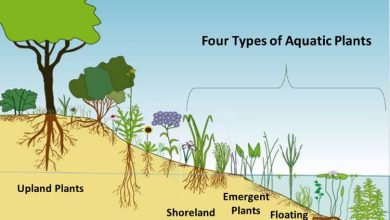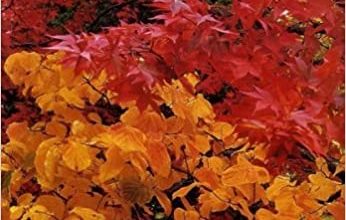Fertilize a Kumquat: How, When and How Much? – Sow100
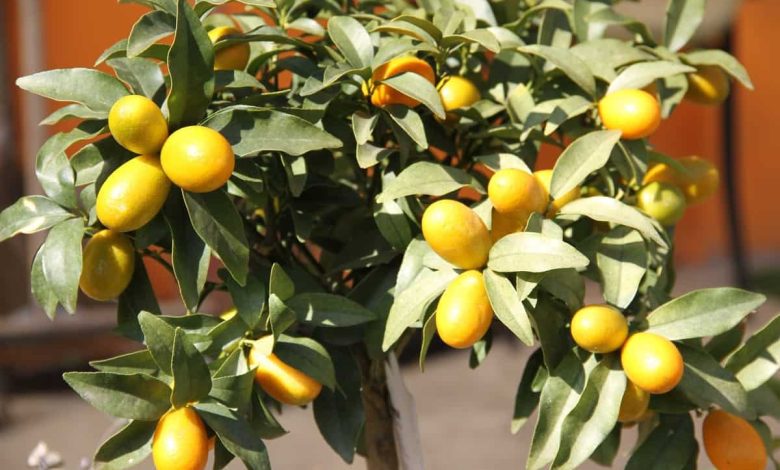
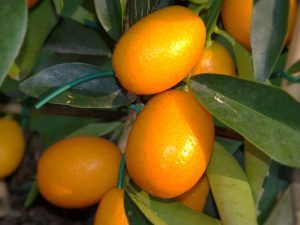 The kumquat, popularly known as the dwarf orange tree, is one of the most interesting fruit trees that you could work in your home garden.
The kumquat, popularly known as the dwarf orange tree, is one of the most interesting fruit trees that you could work in your home garden.
In the process of keeping them healthy, vigorous and productive, composting kumquats is of vital importance.
Hence, you must know all the information possible to master the subject and put it into practice as an expert.
We take care of the first part in this post, it will be up to you to advance with the practice. Let’s see what this whole topic involves?
Why is it important to fertilize kumquats?
Kumquats are productive trees that will appreciate a supply of nutrients to ensure that their fruits are more numerous and have better characteristics. All this will have a positive impact on the size, flavor and content at harvest time.
How often should we pay the kumquats?
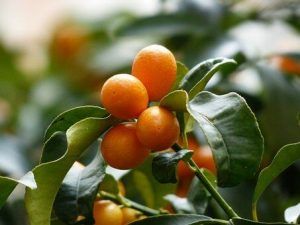 The correct time to promote subscribers is throughout the spring phase, starting early after the plant comes out of winter dormancy.
The correct time to promote subscribers is throughout the spring phase, starting early after the plant comes out of winter dormancy.
Although the kumquat is not deciduous, during the winter its internal processes are slowed down, so it is not a favorable time to fertilize.
At the beginning of summer it will also be worth applying a fertilization that helps the fruits to have better characteristics.This process will continue if the harvest seems to be late.
Applying fertilizers in the fall is a good plan because it will help the plant recover the energy lost during production and be healthy at the beginning of spring.During hot seasons, fertilizing is recommended every 15 or 30 days, depending on the type of fertilizer you are going to use.
In all this it will also be necessary to consider whether the trees are planted in the garden or are in pots. When you have them in pots, the frequency of fertilization tends to be higher because the irrigation gradually washes the soil, causing nutrients to be lost more quickly.
In the garden, the roots have the opportunity to take advantage of the nutrients that the substrate itself has and that come from the environment.
What Nutrients Do Kumquats Need?
Kumquats need all three major elements: nitrogen (N), potassium (K), and phosphorus (P).The first will be essential for the tree to develop, have its foliage with good characteristics and restart its operations after winter.
In the case of potassium and phosphorus, these will have the difficult task of serving as a source of energy for the production of flowers and fruits.Care must be taken that potassium levels in the productive stage are the highest of the three.
Either way, the best strategy for you to ensure you give your kumquats just what they need is to do a soil study. In it you will obtain the exact levels of nutrients that the substrate has and what it has a deficit in and you will be able to act based on this.
What kind of fertilizers do kumquats need?
The type of fertilizer that kumquats appreciate the most are the organic ones because they also help the substrate to be in the best conditions.
You can find these for sale in agricultural stores, so you only have to apply them according to the recommendations indicated by the manufacturer. Another option, turning towards the home world, is the remains of tea, as they provide nutrients that kumquats are able to take advantage of very well.
In case you decide to use homemade compost, you can take advantage of incorporating a good amount of banana peels as raw material. This will help potassium levels increase in the final compound which is just what you are looking for in your kumquats.
How do we prepare compost for kumquats?
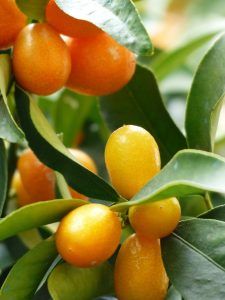 The organic fertilizers that you buy in stores must be prepared according to the instructions indicated by the manufacturer.The most comfortable to use are those that are diluted in water because you can apply them with irrigation.
The organic fertilizers that you buy in stores must be prepared according to the instructions indicated by the manufacturer.The most comfortable to use are those that are diluted in water because you can apply them with irrigation.
This becomes even more important in those kumquats that you have planted in pots because they are easier to handle.
In the case of homemade organic fertilizers, the way of preparation and application will depend on the one you decide to use.The rest of the tea can be applied without problems directly on the base of the plant.
However, home compost, manure, or worm castings will need to go through a decomposition process before you use them. Then, you will have to apply them by opening a hole in a place close to the roots of the kumquat (not on them to avoid burns).
If you are going to use them with potted plants, you must take care that the amount of fertilizer to be applied is not excessive. The best thing in this case is to work with just a handful of fertilizer per plant to see how it behaves.
How do we detect if kumquats need fertilizer?
Kumquat trees grow progressively, so you should consider that they do not slow down because it could be due to a nitrogen deficiency. The productive characteristics are also valuable to establish if a subscriber is needed, assessing both flowering and fruit set.
It is even important to check if the fruits are growing well, because if they remain very small, they may need phosphorus support. An important fact in this whole topic is that kumquats are trees that have a tendency to suffer from iron deficiencies, generating iron chlorosis.
If you notice that the leaves turn yellow, but their nerves remain green, it is very likely due to this problem. The best solution is to apply iron chelates that will balance iron levels and return the plant to its optimal state of health.
The subscriber for kumquat must be planned in advance because in citrus this is a highly important issue. Due to the energy consumption involved in their entire production stage, kumquats need doses of fertilizer, especially nitrogen and potassium, at their respective times.
Take advantage of the information we have given you here to establish your work schedules and thus ensure wonderful results in your next harvest. Do you dare?
Bibliographic references
- Cultivating Fruit and Ornamental Citrus, A Colombo – 2020 – books.google.com
- The Big Book of Exotic Plants, P Blin – 2020 – books.google.com
- Fruit trees with ornamental fruit (2nd part), R Cambra Ruiz de Velasco – 1987 – digital.csic.es
- Citriculture, MA Fonfría – 2003 – books.google.com
- Technical guide on the management of citrus fruits in the Ecuadorian Coast, A Valarezo Concha, O Valarezo Cely… – 2014 – repository.iniap.gob.ec
Maybe you are also interested in:

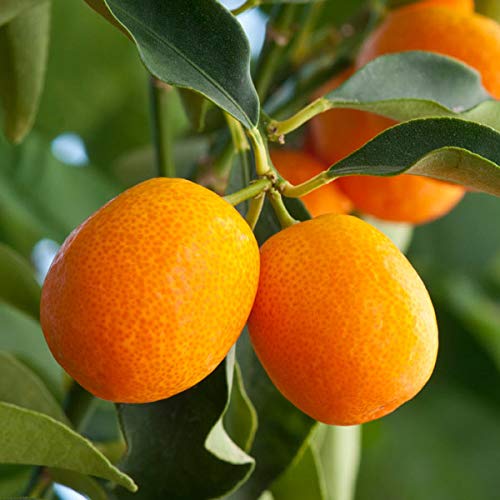
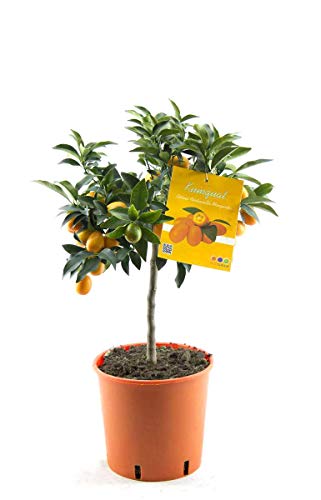
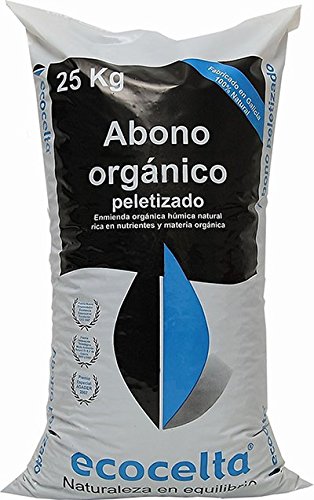
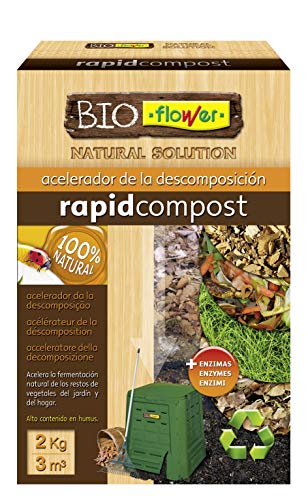
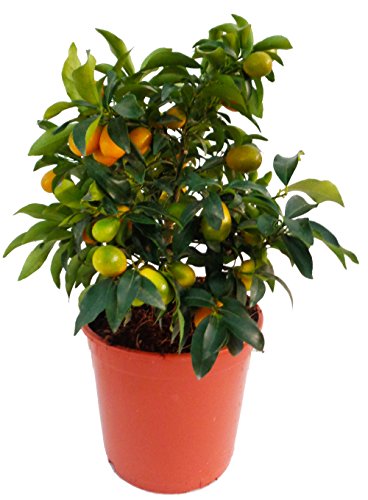

![Photo of Ribbed Mealybug: [How to Identify It and How to Treat It]](https://www.complete-gardening.com/wp-content/uploads/2022/08/ribbed-mealybug-how-to-identify-it-and-how-to-treat-it-390x220.jpg)
